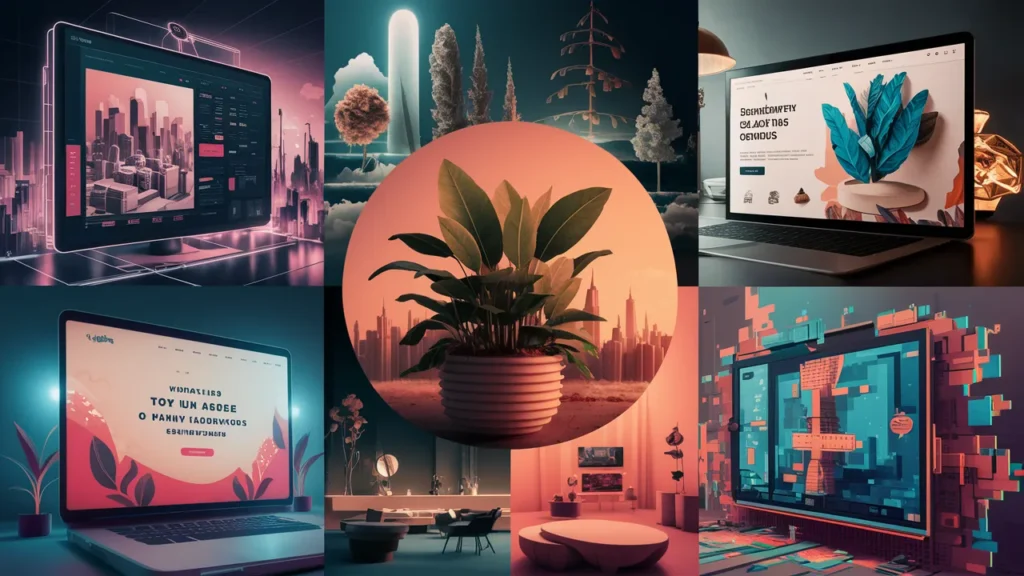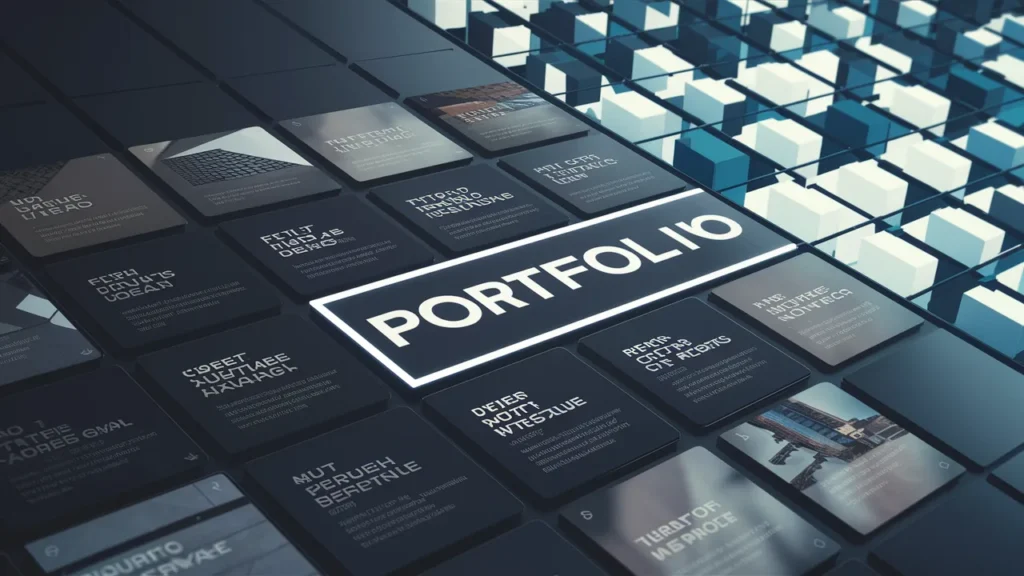
Explore 10 web design innovations igniting creativity. Get inspired for your next project with these groundbreaking ideas
1. Interactive Portfolios

Interactive portfolios are a superb way for designers to showcase their skills. An engaging, personalized portfolio can captivate potential clients or employers. Consider integrating animated elements, hover effects, or micro-interactions that respond to user behavior.
For instance, you could create a visual timeline of your career progression, using clickable events to reveal more detailed information or project samples. A designer I know made their portfolio into a virtual gallery, allowing visitors to “walk” through their work. It’s a fun way to stand out!
2. Parallax Scrolling Websites

Parallax scrolling creates an illusion of depth by making background images move slower than foreground images. It’s a visually stunning effect that keeps users scrolling.
Easy ways to integrate this could include storytelling sites or product showcases. One excellent example is the website for the movie “Toy Story,” which uses parallax scrolling to create an immersive experience that feels like you’re diving into the Pixar world.
3. One-Page Websites

Sometimes, less is more. One-page websites are simple yet effective for delivering focused content. They are particularly useful for personal profiles, small businesses, or event pages.
A friend of mine started a small consultancy business and chose a one-page website to keep things simple. With sections for her services, testimonials, and contact information all on a single page, visitors found it straightforward and easy to navigate.
4. Animated Backgrounds

Subtle animations can make your website look more dynamic and engaging. Background animations, like moving gradients or video loops, can add an extra layer of visual interest without overpowering the main content.
For example, using a slowly changing color gradient can breathe life into an otherwise static page. Just remember to balance animations to avoid distracting the user from the primary content.
5. User-Generated Content

Integrating user-generated content (UGC) builds community and keeps your website fresh. It could include customer reviews, social media feeds, or forums where users can share their thoughts.
Take inspiration from websites like Airbnb, which includes user photos and reviews to create a more trustworthy and engaging experience. As a bonus, UGC can also improve SEO by providing regularly updated content.
6. Custom Illustrations

Custom illustrations add personality and uniqueness to a website that stock images can’t match. They can help tell a story or guide users through your site.
I recently collaborated with an illustrator to create custom icons and background illustrations for a client’s site. It made a huge difference in aligning the website with their brand’s tone and story. Don’t worry about perfection; even simple doodles can make a big impact.
7. Data Visualization

Use charts, graphs, and infographics to make complex information easier to digest. It’s particularly beneficial for content-heavy websites or those focusing on data, like tech blogs or company reports.
A website I admire is “Information is Beautiful,” which transforms data into visually appealing stories. Their approach proves that data visualization doesn’t have to be dull!
8. Responsive Design

In today’s mobile-first world, responsive design is essential. Ensure your website looks great on any device, from desktops to smartphones.
One example is the Boston Globe, which has a flexible, responsive layout that adapts beautifully to different screen sizes. Use media queries and flexible grids to ensure your site offers a seamless experience across all devices.
9. Voice User Interface

Voice user interfaces (VUIs) are gaining traction, especially with the rise of smart speakers and personal assistants. Implement VUI to offer a hands-free interaction option on your website.
Imagine a cooking website where users can navigate recipes by voice commands to keep their hands free for cooking. Adding such a feature can significantly improve user experience.
10. Dark Mode

Offering a dark mode option is more than just a trendy feature; it can enhance readability and reduce eye strain. Many users appreciate having the choice, especially for late-night browsing.
Implement a toggle switch that allows users to switch between light and dark modes easily. It’s a small touch that shows you care about user comfort.
Remember, creativity in web design is about experimenting and finding what resonates with your audience. Dive in and have fun exploring these ideas!
Smashing Magazine: Web Design Trends 2022
Awwwards: Best Web Design Trends
CSS Design Awards: Cutting Edge Websites
SiteInspire: Web Design Inspiration
Dribbble: Web Design Inspiration

